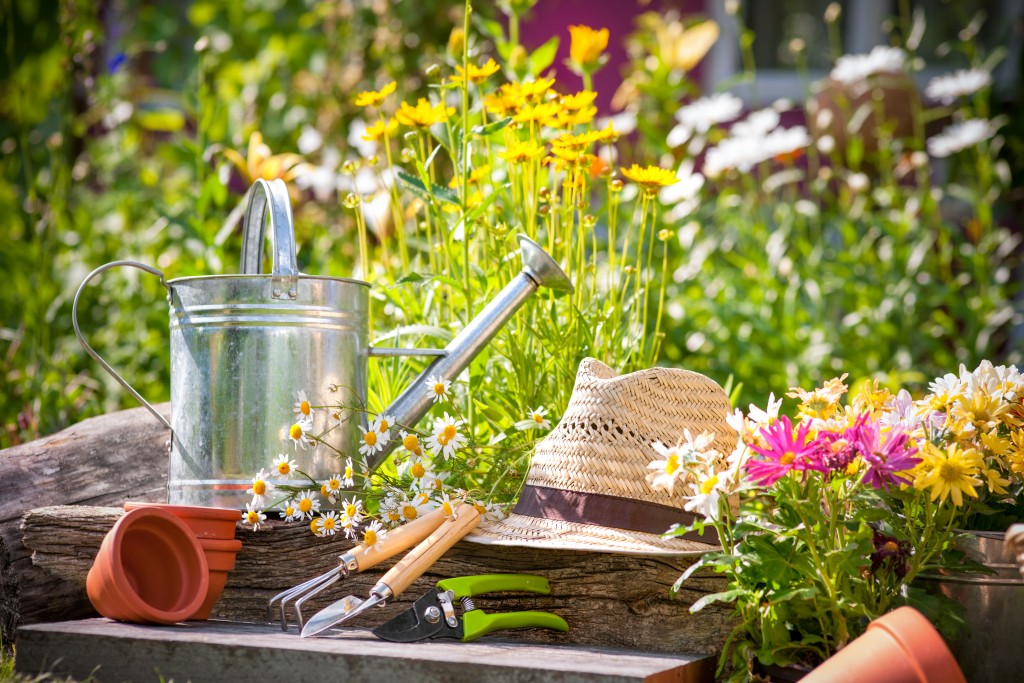Winter scenes can be lovely, except for one thing. It removes the kind of beauty on your home that only plants can give. Seeing plants and flowers in bloom in your lawn or garden takes away the tiredness of your day and revives your weary soul. So, when winter comes and your plants wither away, depression can sneak in.
This is why some people turn to greenhouses. With a greenhouse, you can keep the same conditions your plants thrive in throughout the year, allowing them to continue growing and blooming in the cold season.
How to Start
You don’t have to build your greenhouses from scratch. You can transform your patio, shed, outhouse or summerhouse into one. Or you can buy greenhouse kits to save time and effort. Before you start on your greenhouse project, it’s essential to know your goal for your greenhouse: what you plan to plant in it, how long you want to maintain it, and other considerations.
Will you grow vegetables for your salad supply? Will you grow seedlings in a pot and sell them for charity? Will you grow flowering plants all year long, alternating every season? Being clear with your goals will help you decide on your greenhouse’s size, location, type of plants, and heating system.
Site Selection
Since it’s almost fall, and winter will come soon after, the location of your greenhouse is a key factor. You need to make sure that your greenhouse gets as much sunlight whenever possible. Experts advice putting your greenhouse in a spot that’s visible to east and west so it can receive sunlight throughout the day.
If you plan to add heating and lighting to your greenhouse, you also need to make sure your structure is near a source of electricity, such as a socket. You may have to opt for an attached greenhouse in this case. However, you may also install solar panels for solar power in your greenhouse. It’s more environmentally friendly and cost-effective (Let’s go back to this in a minute.)
Choosing Materials
The structure of your greenhouse must be sturdy enough to withstand the elements. Greenhouse builders use glass, plastic (polycarbonate or polyethylene film), fiberglass, PVC fabric, galvanized steel, aluminum, or wood. Wood is prone to rotting from moisture, so if you’re in a relatively warmer city where air moisture may be high, use other materials instead. Plastic is ideal for budget and DIY greenhouses, as you can build an enduring structure without spending too much.
For flooring, the primary materials are concrete or porous concrete, dirt, and gravel. Since you will be nurturing plants that you expect to grow well into the winter, you need materials that can retain heat and light. Dirt and gravel do a poor job of heat retention so they’re not the best materials for your greenhouse floor at this time. Between regular and porous concrete, the latter drains water better and can keep heat from escaping.
Heating Your Greenhouse with Solar Power

Heating your winter greenhouse prevents your plants from suffering in the extreme temperature. You may use regular electricity or solar power. While regular electricity may be stable, it’s not always cost-efficient. This is something to consider if you need to keep your greenhouse heated 24/7.
Based on data from the National Renewable Energy Laboratory, a typical US household paid an average of $2.80 per DC watt in 2017, or about $14,000 for a 5kWh system. In contrast, a fixed solar power panel system cost only $1.03 per watt on the same year, or $5,150 for a 5kWh system.
Using solar energy also protects your household from constant fluctuations in electricity cost. Consumption costs are normally higher in the day for regular electricity but can be constant for solar power systems. In places with shorter days, at least 6 hours of abundant sunlight will be enough for your greenhouse. That is also enough time for your solar panels to absorb sunlight for your PV cells, to power up the greenhouse at night.
Although solar electricity is the most common system used for using solar power, there are three main types of solar heating systems you can use for your greenhouse. Ask your solar power provider which one is best for your property and desired outcome. If this is your first time to build a greenhouse, ask neighbors or friends who have done so and get tips about putting up a greenhouse and solar heating system.



